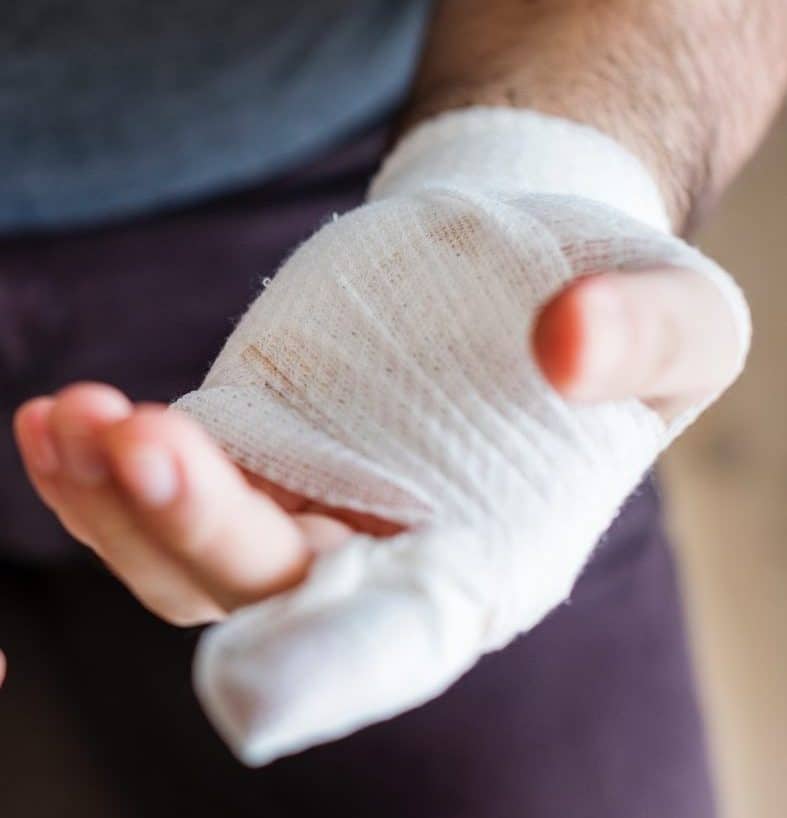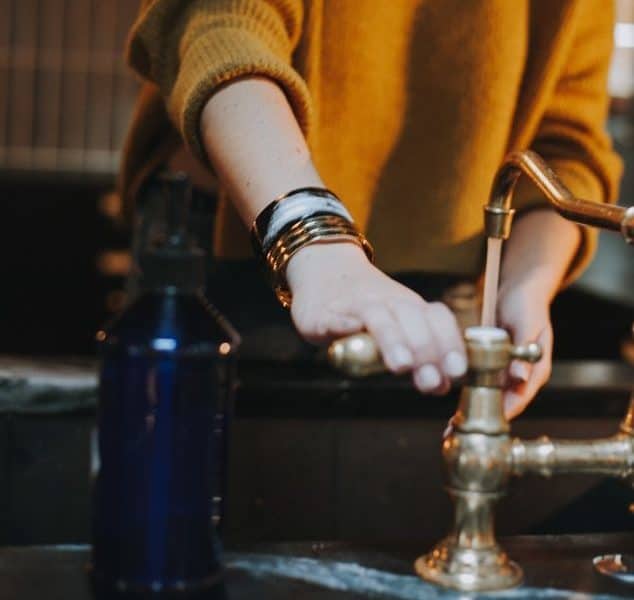Sea Sick: by Keith Murray What is the norovirus? The Centers for Disease Control and Prevention describes it as a very contagious virus that can…

Sea Sick: Save severed finger with correct response
Dec 7, 2018 by Keith MurraySea Sick: by Keith Murray
While working on a boat, there are many opportunities to lose a finger or two. Think hatches, winches, ropes, anchor chains, knives, power tools and so much more.
It is estimated that up to 83,000 traumatic amputations occur in the U.S. every year. Eighty percent of the victims are men between the ages of 15 and 40.
What happens immediately following an amputation is critical in determining its long-term outcome, so it’s vital that crew are prepared to act quickly and know exactly what to do.
First, as always, responders must make certain the scene is safe. This means there are no hazards present and responding crew have on their PPE, or personal protective equipment – namely, medical exam gloves and safety glasses. Responders must avoid the patient’s blood getting onto their skin or into their eyes.
Also, the gloves ensure that hands are clean and protect the patient.
When completely amputated
Amputated fingers (and toes) are very common injuries, and with the correct initial first-aid treatment, often they can be successfully reattached. In the case of an amputated finger, have the patient sit or lie down and apply direct pressure to the hand with sterile gauze.
If the blood soaks through the gauze, add more gauze – do not remove the old gauze, as this will disrupt the clotting process and make the bleeding worse. Continue to apply pressure on the wound until the patient reaches qualified medical care.
Once the bleeding is under control, pick up the finger. Do not wash it, just wrap it in sterile gauze. Next, place the finger in a plastic bag and put it in a small cooler with an ice pack.
The finger should be kept cold, but not frozen. Do not let the amputated finger come into direct contact with the ice. Direct contact with ice will basically cause frostbite and kill the finger. It’s important to remember that the goal is to keep the finger cold, not to freeze it.
Next, get the patient to quality medical care quickly. If the patient can be taken to a good hospital, a surgeon can often reattach the finger. Oftentimes, the person will regain full use of the attached finger. But time is critical – without blood flow to the finger, it will soon die.
When partially amputated
If the finger is still partly attached with a blood supply, clean the wound surface with sterile saline. If sterile saline is not available, use clean drinking water.
Then bandage the severed part carefully. Do not apply the bandage too tightly as this will cut off the blood flow. Support the hand, keep even pressure on the wound, and get medical attention immediately.
When crushed but still attached
If a finger is crushed but still attached to the hand, with no amputation, hold the damaged finger under cool running water for 10 minutes, then apply an ice pack wrapped in a towel to the injury.
Again, we want the injury to be kept cool, but do not let ice touch the skin as this could cause irreparable damage.
Seek medical advice quickly.
EMT Keith Murray provides onboard CPR, AED and first-aid training as well as AED sales and service. His company can be found at TheCPRSchool.com. Comments are welcome below.
Topics:




